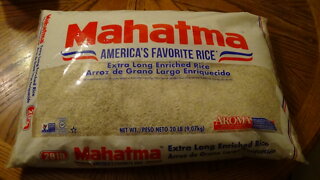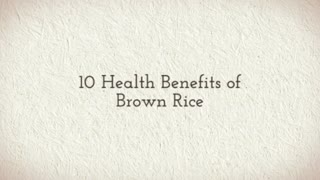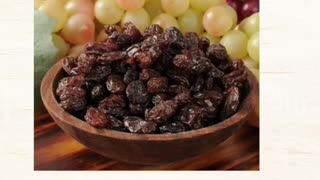rice ingredients and health pros and cons
Grain: Rice is a type of grain, specifically a cereal grain.
Varieties: There are many different varieties of rice, such as white rice, brown rice, basmati rice, jasmine rice, and more.
Cooking: Rice is a staple food in many cultures and is often prepared through various cooking methods, including boiling, steaming, frying, and baking.
Nutrition: Rice is a source of carbohydrates and provides energy. It can also be a source of vitamins and minerals, depending on the type and preparation.
Cultivation: Rice is grown in flooded fields called paddies or in dry fields, and it requires specific conditions for successful cultivation.
Asia: Rice is a major staple crop in many Asian countries, and it has a significant cultural and economic impact in the region.
Harvest: Rice is typically harvested in the fall, and the process involves cutting, threshing, and drying the grains.
Global Production: China and India are the largest producers of rice in the world, followed by countries like Indonesia, Bangladesh, and Vietnam.
Rice Dishes: Rice is used in various dishes worldwide, such as sushi, paella, risotto, biryani, and more.
Rice Industry: The rice industry includes aspects like milling, packaging, and distribution of rice products.
Rice Varieties: Different rice varieties have distinct flavors, textures, and culinary uses. Examples include long-grain rice, short-grain rice, and wild rice.
Rice in History: Rice has a long history and has been a dietary staple for thousands of years in many parts of the world.
Rice Bran: Rice bran is a byproduct of rice milling and is used in various applications, including in cooking oil and animal feed.
Rice Production Methods: There are various methods of rice production, including conventional farming and organic farming.
Rice Imports and Exports: Many countries import and export rice to meet their domestic needs and engage in international trade.
Rice in Cuisine: Rice is a versatile ingredient used in a wide range of cuisines, from Asian to Latin American and beyond.
Health Benefits: Rice can be a part of a healthy diet when consumed in moderation, as it is gluten-free and low in fat.
Rice in Religion and Culture: In some cultures, rice has significant religious and cultural importance, often featuring in ceremonies and rituals.
Rice Storage: Proper storage of rice is essential to prevent spoilage and maintain its quality over time.
Rice as a Side Dish: Rice is commonly served as a side dish or accompaniment to various main courses.
-
 0:43
0:43
DonneKez
4 months agoRice The Grain of Versatility
3 -
 1:05
1:05
Rizzle
1 year agoRice is Rice
8 -
 0:26
0:26
Awesome4K
1 year agoRice 09/27/22
2 -
 7:05
7:05
Remedies Insider
7 months agoHealth Benefits of Raisins
32 -
 2:08
2:08
unvaccinatedsemen
1 year agoIs rice nutritious? The Weight-Loss Authority
1 -
 0:11
0:11
KidOfGod
10 months agoRice with Veggies
13 -
 0:25
0:25
factshub23
2 years agoReasons Why Raisins Are Important In Your Diet || Healthie Wealthie
2 -
 1:13
1:13
waitupcom2
4 years ago $45.40 earned10 Health Benefits of Brown Rice
24.3K -
 0:15
0:15
Health Awareness
6 months ago"Raisins: Tiny Treats with Big Health Benefits! 🍇"
38 -
 5:56
5:56
Microscope Video
4 months agoA Rice Infusion
31